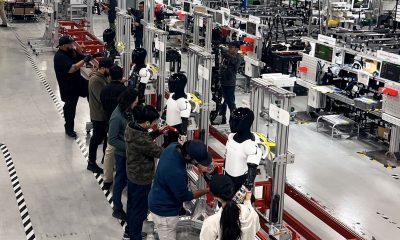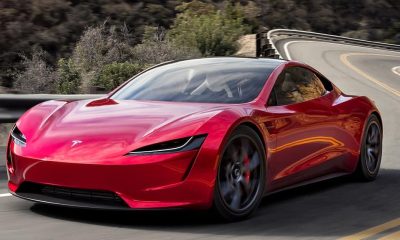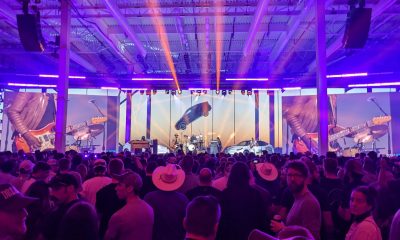Amidst Elon Musk’s unannounced trip to Beijing, China this weekend, reports have emerged indicating that Tesla has partnered with domestic internet giant Baidu for its vehicles’ mapping and navigation. The partnership is expected to help Tesla overcome hurdles for the release of its Full Self-Driving (FSD) system in China.
During Musk’s visit, he met with a number of government officials such as Premier Li Qiang and China Council for the Promotion of International Trade (CCPIT) Chairman Ron Hongbin. He was accompanied by key Tesla executives such as Tom Zhu, SVP, Automotive, and VP Grace Tao. Interestingly enough, executives from CATL were also spotted visiting the hotel where Musk was staying.
Reuters, citing people reportedly familiar with the matter, noted that thanks to the Baidu deal, Tesla would be able to use the Chinese tech giant’s mapping license for data collection on China’s public roads. This could also result in Tesla seeing fewer concerns about data security risks on its vehicles.
$TSLA
Tesla China has entered into a partnership with Baidu for approval of autonomous driving in China. pic.twitter.com/wBPpXkC3pZ— Tsla Chan (@Tslachan) April 29, 2024
Apart from its deal with Baidu for mapping and navigation, Tesla also cleared data security and processing requirements in China, as per the China Association of Automobile Manufacturers. Together with Tesla, other domestic automakers such as BYD also cleared all data processing requirements in the country.
Tesla China is a key player in the country’s electric vehicle sector, though it has been steadily seeing more competition from domestic rivals. With this in mind, Tesla might be looking at Full Self-Driving to become a key advantage in the Chinese domestic auto segment. The electric vehicle maker’s large fleet of vehicles in China could also provide valuable real-world data for FSD’s training and development.

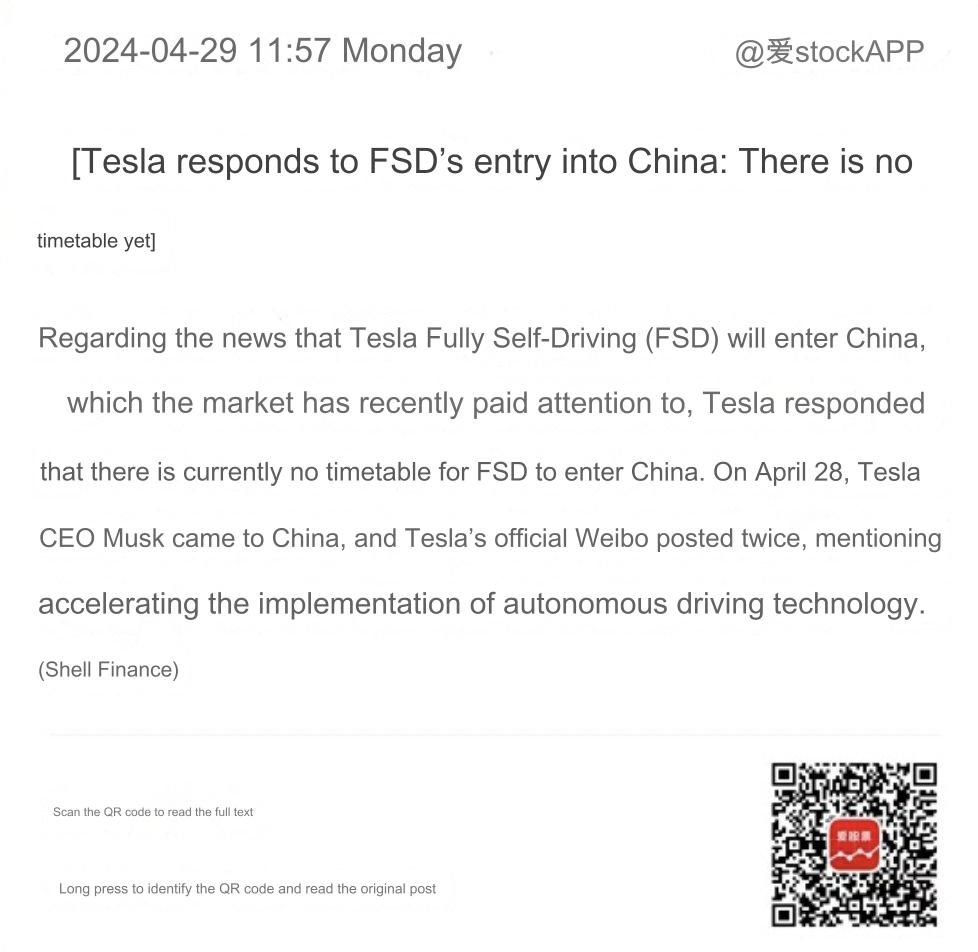
Tesla China, for its part, has issued a comment about rumors surrounding FSD’s impending release in the country. As per the electric vehicle maker, “there is currently no timetable for FSD to enter China.” The company’s comment was quite interesting as Musk’s visit to China was connected to FSD, and Tesla’s official Weibo account highlighted the company’s self-driving aspirations.
“We are honored to participate in the rapid development of China’s new energy vehicle industry. I sincerely thank friends from all walks of life for their concern and support. We will continue to work hard in China, develop together with the industry in areas such as artificial intelligence, electric vehicles, and energy storage, accelerate the implementation of clean energy and autonomous driving technologies, and turn our beautiful vision into reality,” Tesla China wrote.
Don’t hesitate to contact us with news tips. Just send a message to simon@teslarati.com to give us a heads up.
News
Tesla China expecting full FSD approval in Q1 2026: Elon Musk
The CEO shared the update during Tesla’s Annual Shareholder Meeting.
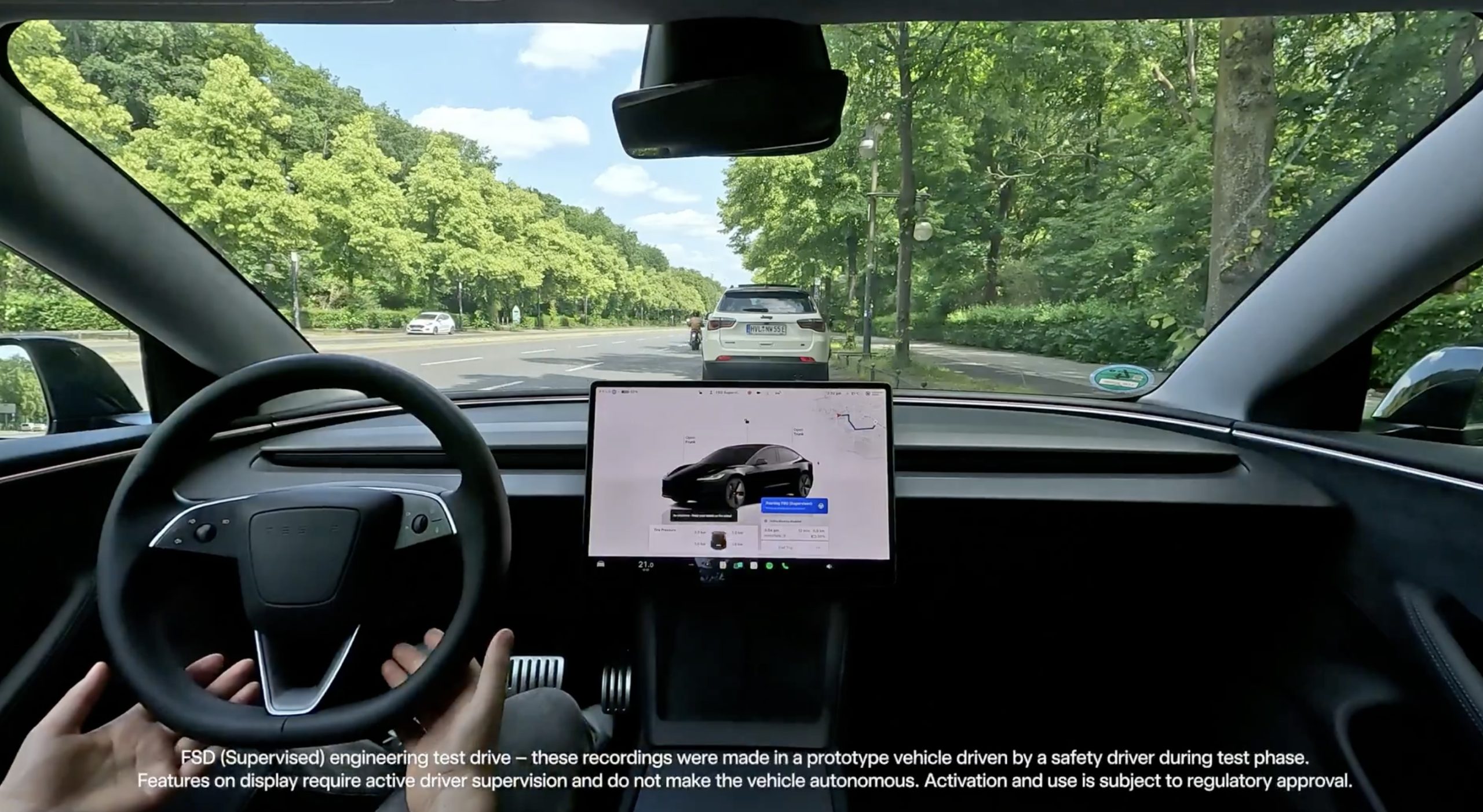
Elon Musk has provided a concrete estimated date for Full Self-Driving’s (FSD) full approval in China. While a version of the system has been deployed to some users in China, the company only holds partial approval for FSD features in the country.
The CEO shared the update during Tesla’s Annual Shareholder Meeting, where stockholders also voted to approve Elon Musk’s ambitious 2025 performance award.
Elon Musk’s China FSD update
During the meeting, Elon Musk stated that Tesla expects to secure full regulatory approval for its Full Self-Driving (FSD) system in China by February or March 2026. This would mark a potential breakthrough in one of the world’s most competitive EV markets.
“We have partial approval in China, and we hopefully will have full approval in China around February or March or so. That’s what they’ve told us,” Musk said.
Tesla’s rollout of FSD features in China began in February 2025 under update 2024.45.32.12, which introduced what the company locally called “Autopilot automatic assisted driving on urban roads.” While not officially branded as FSD, the feature mirrored Tesla’s inner-city capabilities.
Positive feedback from China
Feedback from local drivers suggests strong real-world performance for the company’s “Autopilot automatic assisted driving on urban roads” feature. One driver who used the system for two months described it as “well-calibrated and human-like,” adding that it “slows appropriately on narrow streets and picks up speed on major roads.” The Tesla owner further reported zero safety interventions over his testing period, calling the system “almost too polite” when encountering pedestrians and scooters.
A Tesla Model 3 driver was also able to drive to the base camp of Mount Everest from Henan Province, a journey of about 4,000 kilometers (2,485 miles), using “Autopilot automatic assisted driving on urban roads.” The driver’s trip was livestreamed on Chinese social media, where it attracted a lot of interest from viewers.
Elon Musk
Tesla Optimus’ pilot line will already have an incredible annual output
And this would just be the beginning. In the future, Musk mused that Optimus’ production could literally be out of this world.
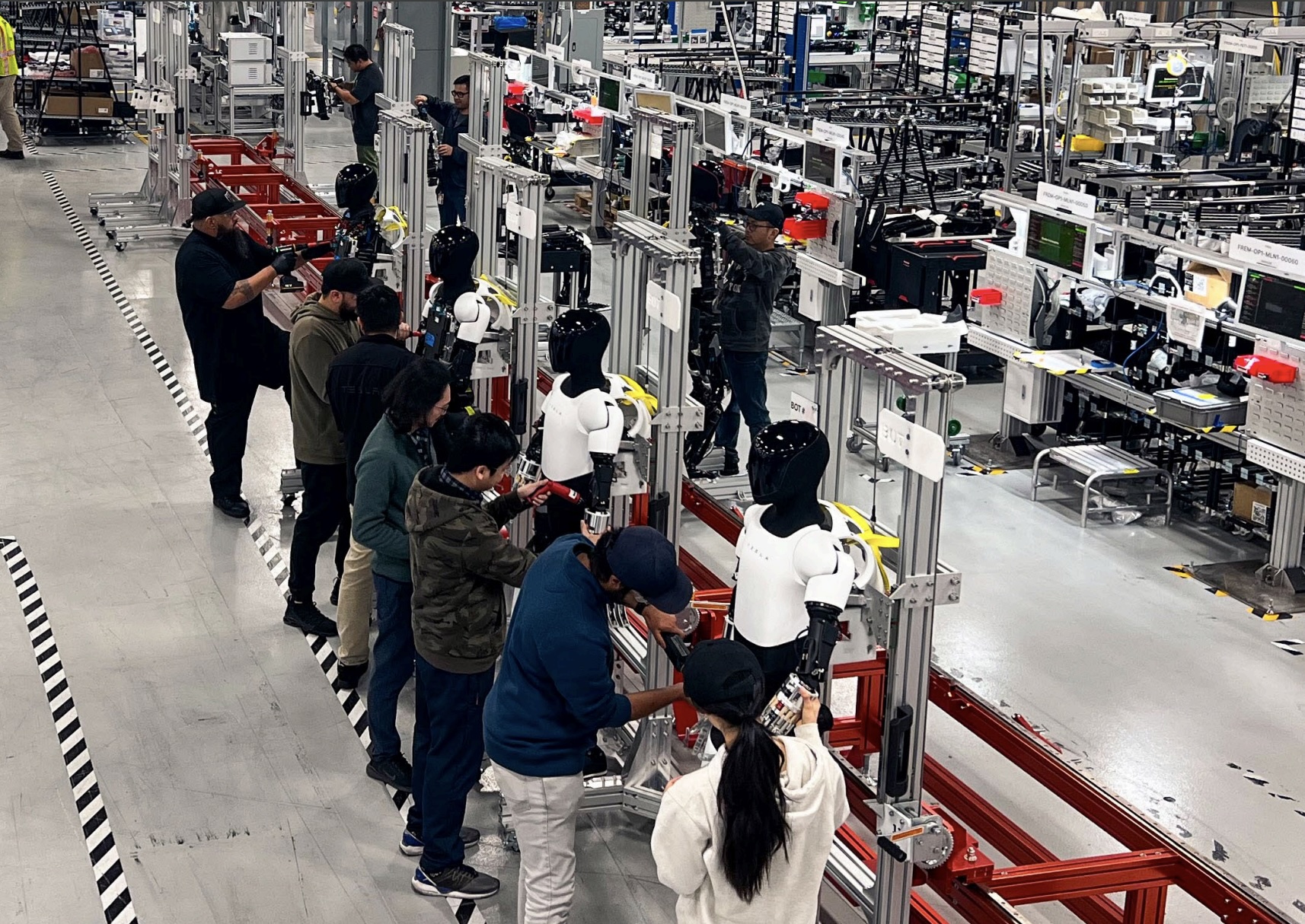
During the 2025 Tesla Annual Shareholder Meeting, Elon Musk provided a teaser of the company’s targets for Optimus’s annual production. As per the CEO, Optimus’ pilot line will be capable of producing up to one million units annually.
And this would just be the beginning. In the future, Musk mused that Optimus’ production could literally be out of this world.
Musk targets world’s fastest production ramp for Optimus robots
Tesla’s first Optimus line will be built in Fremont, California, and is projected to produce around one million robots per year. Other facilities like Gigafactory Texas could scale Optimus production to 10 million units annually. Musk even joked that a 100-million-unit line might one day be built “on Mars.” With Optimus, Musk stated that Tesla is looking to achieve a historic production ramp.
“So we’re going to launch on the fastest production ramp of any product of any large complex manufactured product ever, starting with building a one million unit production line in Fremont. And that’s Line One. And then a 10-million-unit-per-year production line here (at Giga Texas). I don’t know where we’re going to put the one hundred million unit production line, maybe on Mars. But I think it’s going to literally get to one hundred million a year, maybe even a billion a year,” Musk said.
Optimus and sustainable abundance
Tesla’s Master Plan Part IV is all about sustainable abundance, and Musk highlighted that the humanoid robot will play a huge role in his vision for the future. He noted that Optimus’ mass production could redefine economic and social systems worldwide and open up premium services for everyone across the globe.
“People often talk about eliminating poverty or giving everyone amazing medical care. There’s only one way to do that, and that’s with the Optimus robot,” Musk said. “With humanoid robots, you can actually give everyone amazing medical care. In terms of Optimus will be more precise. Optimus will ultimately be better than the best human surgeon with a level of precision that is beyond human… People always talked about eliminating poverty, but actually, Optimus will actually eliminate poverty,” Musk said.
News
Ford considers drastic move with F-150 Lightning: ‘The demand is just not there’
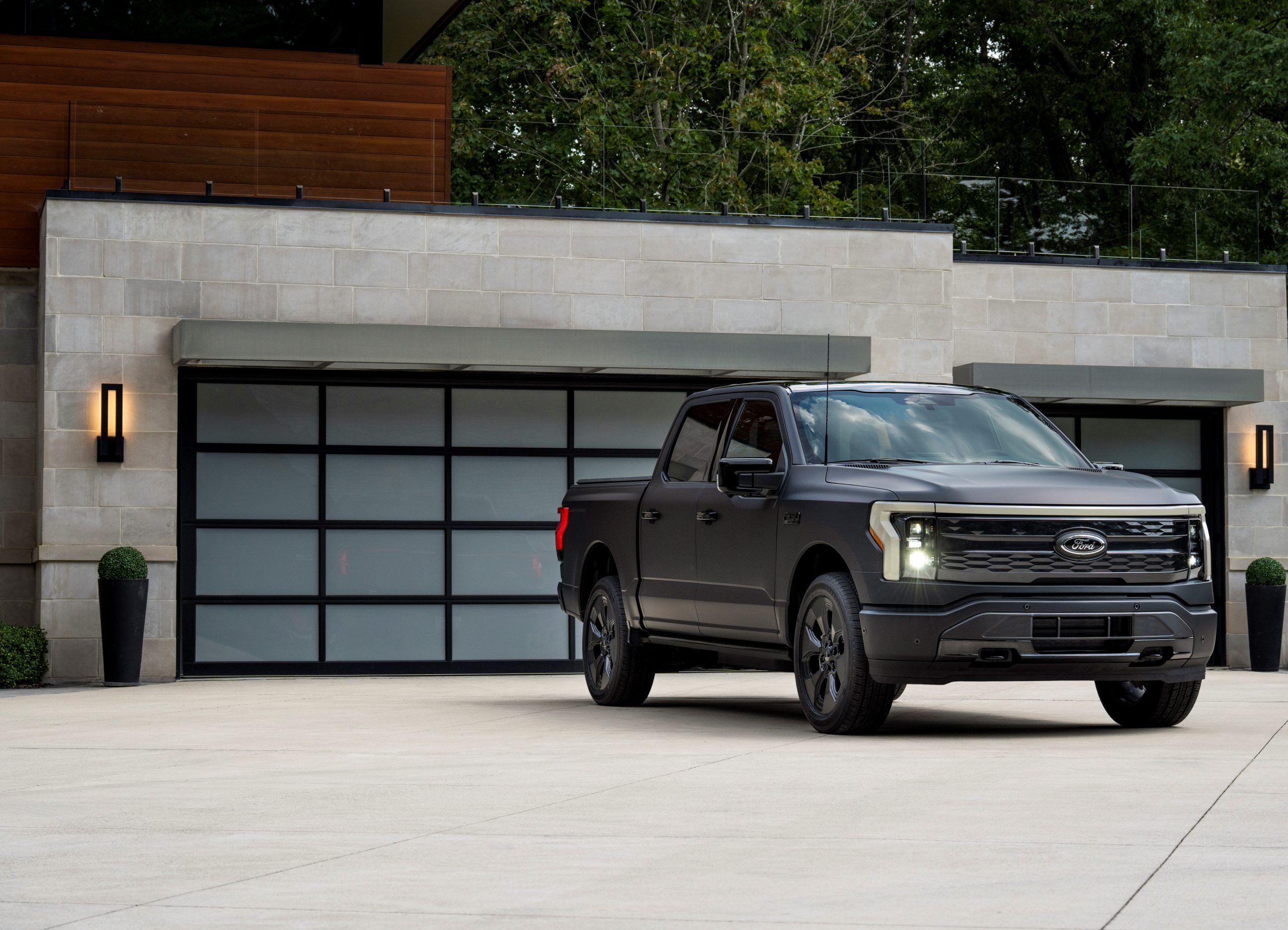
Ford is considering a drastic move with its F-150 Lightning, which was the best-selling EV pickup on the market last quarter, beating out Tesla’s Cybertruck.
Ford has had a tumultuous entrance into its more expanded electric vehicle strategy over the past several years. At one point, the company was widely considered to be the most invested legacy automaker in the transition to electrification, but as the company has seen some real backtracking in terms of its sales and demand, it is cooling down its commitment.
At the end of Q3, it seemed to already be considering making some moves to cool off its EV ambitions, especially as the $7,500 EV tax credit was removed and it appeared that consumers would be less attracted to its vehicles without this sizeable discount.
Now, according to a new report from the Wall Street Journal, Ford is considering scrapping the F-150 Lightning altogether, as one employee said “the demand is just not there.”
Despite it being the best-selling EV pickup in the U.S. last quarter, the sales simply do not match up with the pricing, and financially, it is not the time to try to dive further into a project that is not making a profit. Ford has been dwindling in its commitment to EVs over the past several quarters, and its profits are reflecting a slowing interest in its electric vehicles.
Simply put, Ford’s combustion engine lineup of pickups in the F-Series is, by far, the best-selling division of trucks globally. Ford brought an awesome product forth with the Lightning, a mirror of the gas-powered F-Series that had a variety of trim levels for whatever the truck would be used for by the consumer.
However, the demand and sales have caused Ford to take a loss on its electric truck: figures from early last year indicated it was losing between $100,000 and $132,000 per vehicle.
It is not an official announcement, as Ford has not publicly said anything regarding its plans for the Lightning at this time.
-

 News1 week ago
News1 week agoTesla Cybercab spotted testing on public roads for the first time
-

 Elon Musk6 days ago
Elon Musk6 days agoNeuralink’s first patient could receive an upgrade: Elon Musk
-
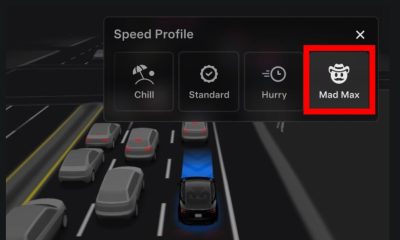
 News2 weeks ago
News2 weeks agoTesla ‘Mad Max’ gets its first bit of regulatory attention
-
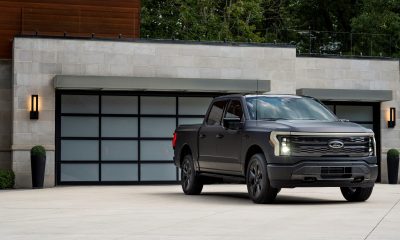
 News6 hours ago
News6 hours agoFord considers drastic move with F-150 Lightning: ‘The demand is just not there’
-
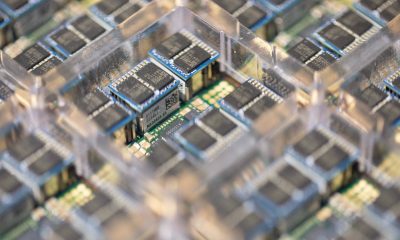
 Elon Musk4 days ago
Elon Musk4 days agoElon Musk subtly confirms one of Tesla AI8’s uses, and it’s literally out of this world
-
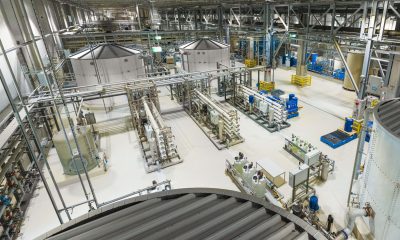
 News2 days ago
News2 days agoTesla Giga Berlin hits a sustainability milestone that’s so impressive, it sounds fake
-
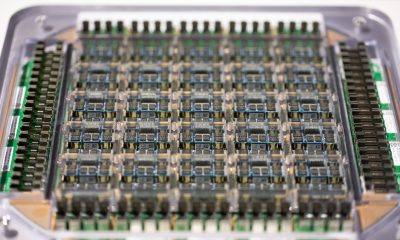
 News2 weeks ago
News2 weeks agoTesla shares AI5 chip’s ambitious production roadmap details
-

 News1 week ago
News1 week agoNeuralink’s first human patient reflects on 21 months with brain implant “Eve”






